When Britain went to war in 1939, it did not do so alone. Its vast Empire provided men and resources to the war effort. We’ve previously looked at South African troops, and today we’re looking at the contribution of the oldest of the Dominions – Canada! Canadian soldiers, sailors, and airmen fought in virtually every theatre of the Second World War, and as such are well-represented in Bolt Action, with rules and models aplenty – let’s take a look at what the Great White North has to offer on the tabletop!
Canada had been well-prepared for the outbreak of hostilities, declaring war on Germany on the 10th of September 1939, and possessed a modest army and strong industrial base, particularly in the automotive sector (Canada would go on to become the second-largest producer of wheeled military vehicles during the war, behind only the USA), as well as vast reserves of many natural resources. Although absolutely willing and ready to stand with Britain, initial plans were designed to limit the Canadian commitment to an overseas war and maintain homeland defence. In spite of this, Canadians would go on to serve in large numbers across the world, and acquitted themselves creditably throughout. Naturally, this makes them a popular choice on the Bolt Action tabletop, and they’ve got plenty of rules and units that allow them to be fielded in a variety of configurations!
First off, let’s start with models – handily, the Canadian military was outfitted and organised in broadly the same way as the British, so the full range of miniatures is pretty much spot on – you just need to paint their battledress in more of a bronze-green colour! The latest plastic British & Canadian Infantry boxed set is an ideal starting point for a platoon of your own (it’s even got Canadians in the name!), and is perfect for Canadian troops in Europe, while for warmer climes in Hong Kong, the Commonwealth plastic boxed set works a treat. For the Italian campaign, you can also mix and match the two sets for a fantastic and unique effect, and the BEF metal range has you covered for the early war in Europe, where the ultimate challenge for any Canadian player has to be to reverse the outcome of the disastrous Dieppe raid of 1942!
For me, my favourite way to field Canadians in Bolt Action has to be on D-Day, where the 3rd Canadian Infantry Division would land on Juno Beach and fight their way inland in the teeth of fierce German opposition. Handily, there are two (count ‘em!) Bolt Action Campaign books (D-Day: Overlord and British & D-Day: British & Canadian Sectors, respectively) that cover this period in fantastic detail, providing rules, scenarios, and plenty of historical inspiration for you to field a Canadian force in arguably their finest hour. I’m a big fan of the Off the Beaches theatre selector (found on page 164 of D-Day: Overlord), which allows you to bring a brace of tanks and an armoured car to support your infantry as they push inland – perfect for fighting off Panzer counterattacks in coastal villages!
When representing Canadians in Bolt Action generally, we utilise Armies of Great Britain, augmented by a variety of special rules and units from the Campaign and Theatre books, depending on what ‘flavour’ of Canadians we’re going for. This means that, tactically, a Canadian force fights in very much the same way as the British armies we all know and love, and benefits from the same strengths and weaknesses – including the free Artillery Forward Observer! When it comes to National Characteristics, we recommend Tough as Old Boots for the Canadians, unless of course you’re using something a little more… out there, in terms of army composition!
The Canadians can also bring some cool, uniquely Canadian units to the fray, including the rather concerning Wasp, which mounts a flamethrower in a Universal Carrier(!) and the Ram Kangaroo, an early armoured personnel carrier made out of a de-turreted Canadian Ram tank, making a Canadian force a great opportunity to create a visually unique army on the tabletop!
The best place to start a Canadian force of your own is with one of the starter armies (8th Army, British & Canadian, or even Airborne, as Canadians also served as paratroops!). These fantastic value boxed sets give you everything you’ll need to jump right into the (bolt) action in your chosen theatre, and provide the perfect base from which to expand. If you’d prefer even more customisability, the accompanying plastic infantry boxed sets give you your core troops, and you can exactly what you need to complete the force from our extensive range – no matter what support your Canadians need, you can make sure they’ve got it!
It’s time to cross the Atlantic – let’s go and get this war won, eh?
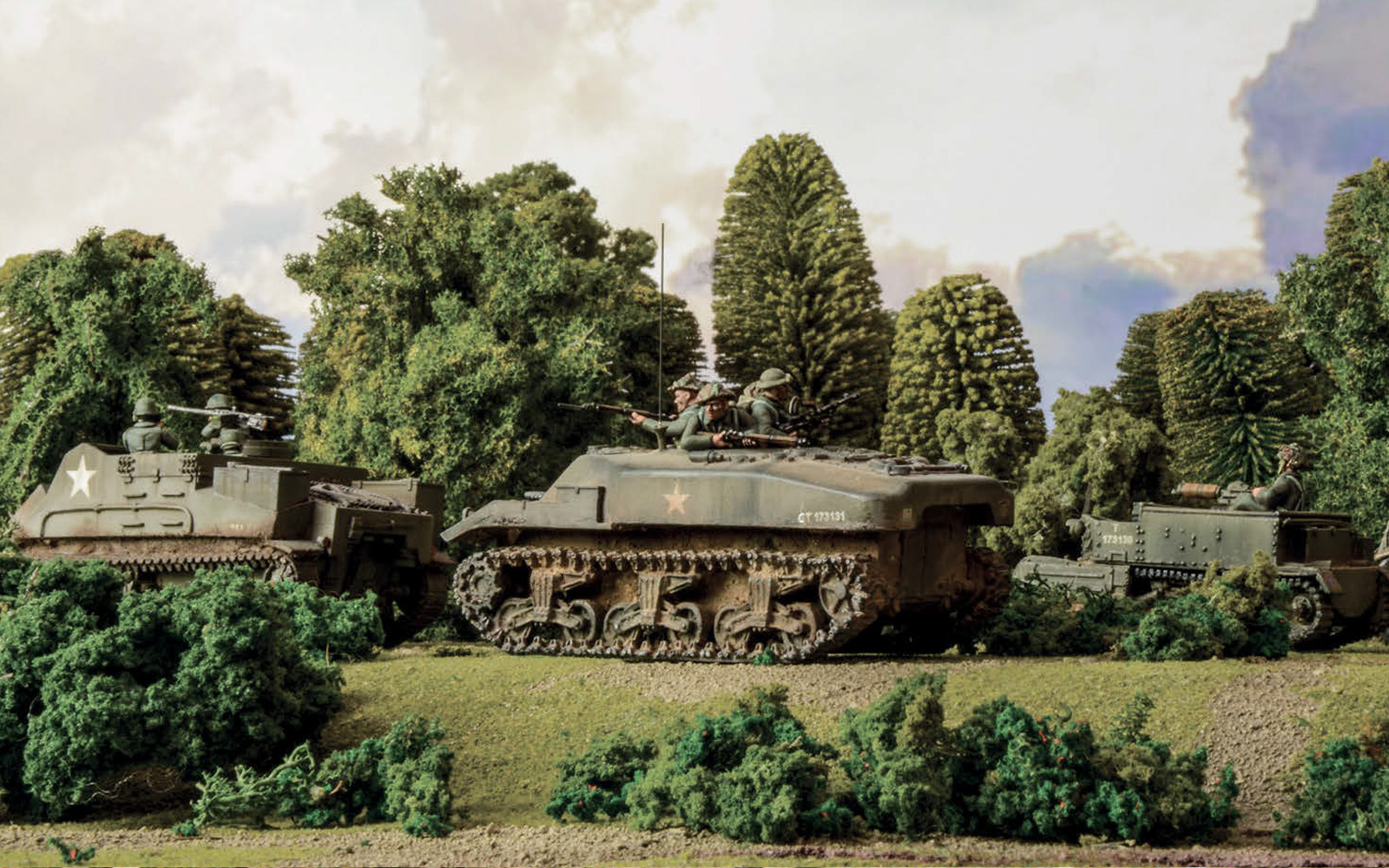
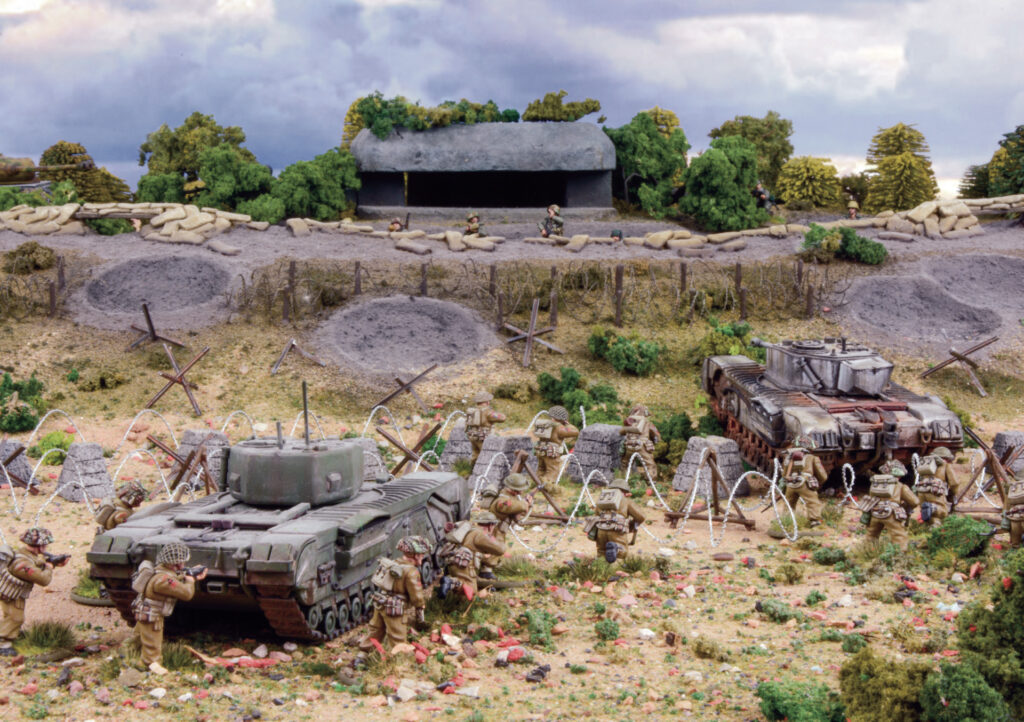

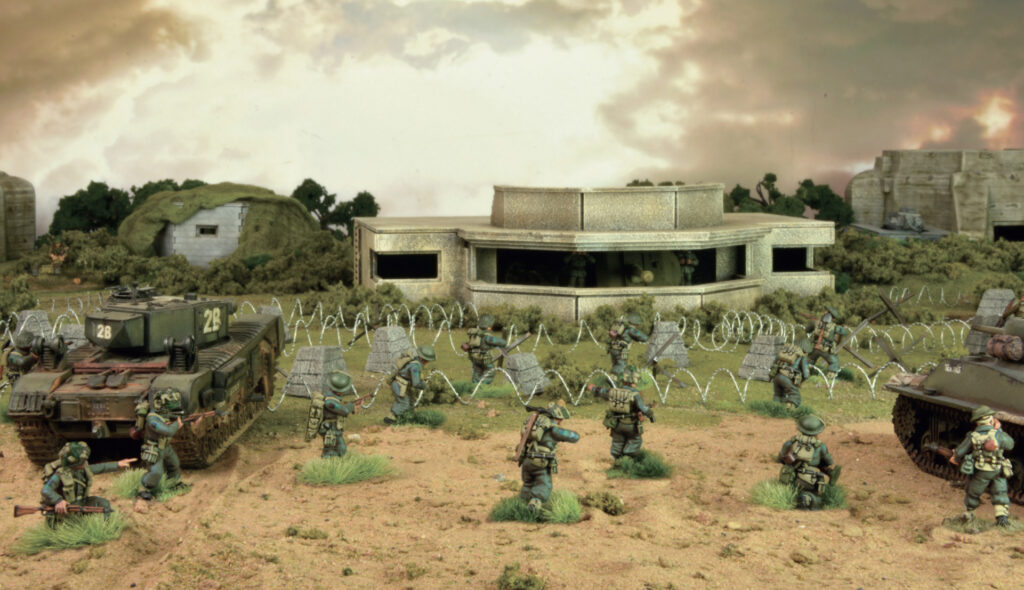
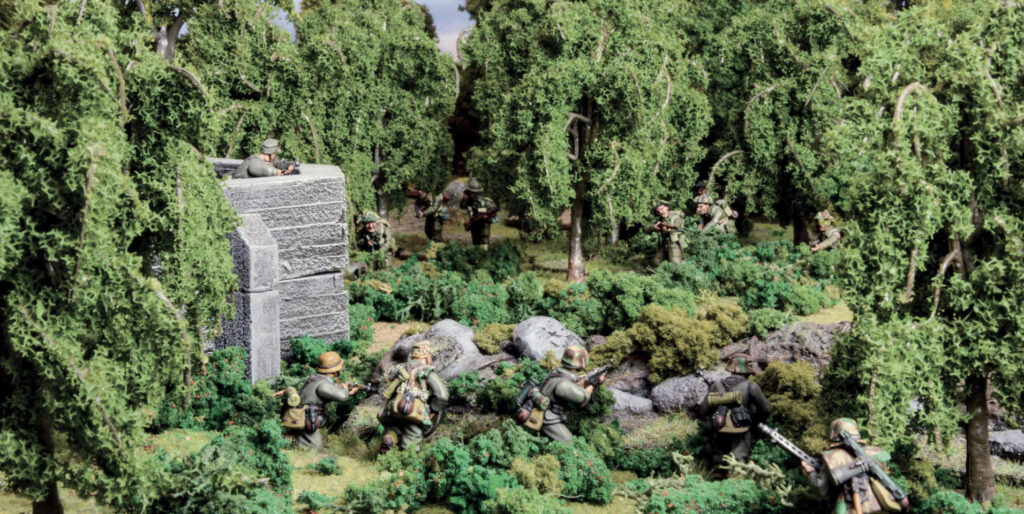
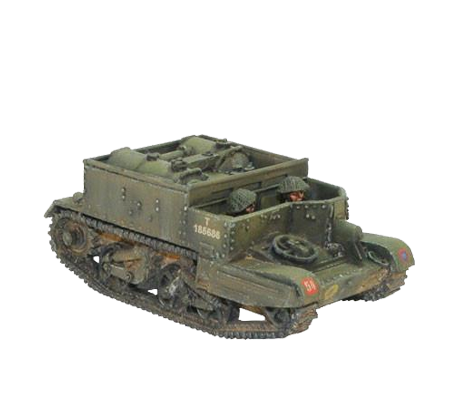
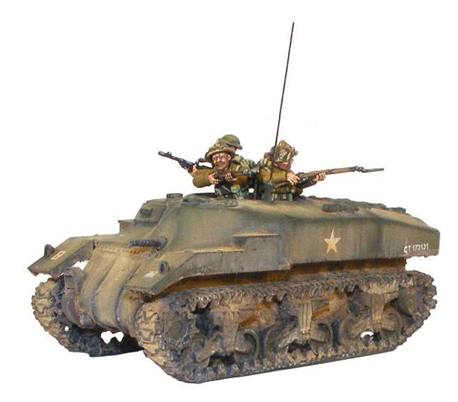
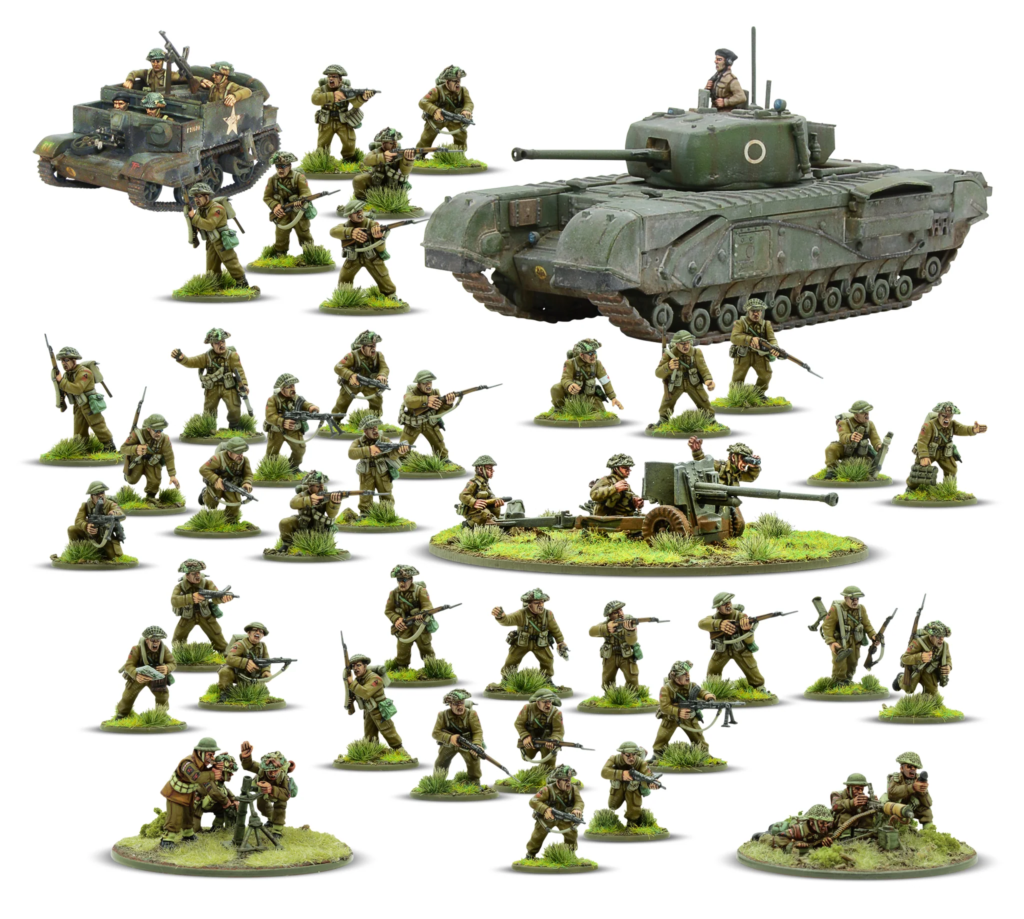
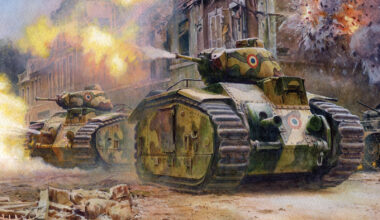
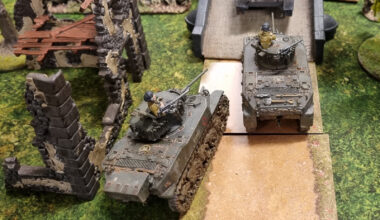
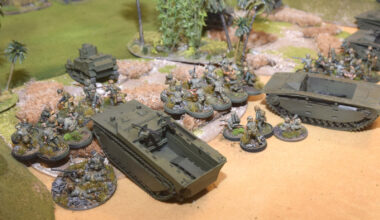
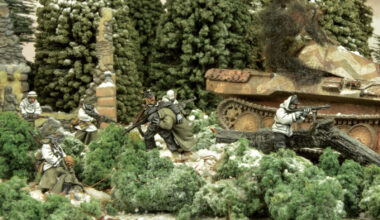
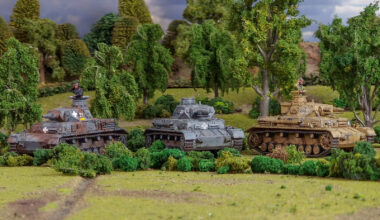
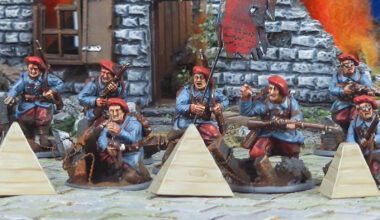
2 comments
Sigh. The Statute of Westminster, 1931 (a piece of British legislation) made it clear that Commonwealth nations were independent and were explicitly not part of the British Empire. It is surprising to me that your articles cannot acknowledge this fact.
Canadian troops fought bravely and well during WW2. Well beyond “creditably” in my view.
It is disappointing that the article does not touch on the numerous uniquely Canadian units in the Army List contained in D-Day: British and Canadian Sectors, such as the Tank Hunters, Scouts, Land Mattress, Skink, C15TA and Canadian Reece carriers. I would really like to see a future article about building a competitive Canadian list. Perhaps some of those units will figure in a future article of that nature.
I would love to see articles about Canada that have no “Rah, Rah, Empire” component, as it implies a subordination that did not exist. Canada’s war effort stands on its own.
Thanks for changing the title! Everything that Canada did during WW2 happened because Canadians chose those courses of action themselves. That is very different than being compelled to act by another country. Implying colonial status belittles what Canadians contributed to the Allied cause of their own accord during the conflict. Hopefully you will delete all references to empire in future articles about the Commonwealth nations. We fought as Allies, not possessions.
I really look forward to more articles that focus on specific Canadian units and competitive Canadian list building. As you said, there is a lot of Canadian content and some very unique Canadian units in Bolt Action for players to enjoy.